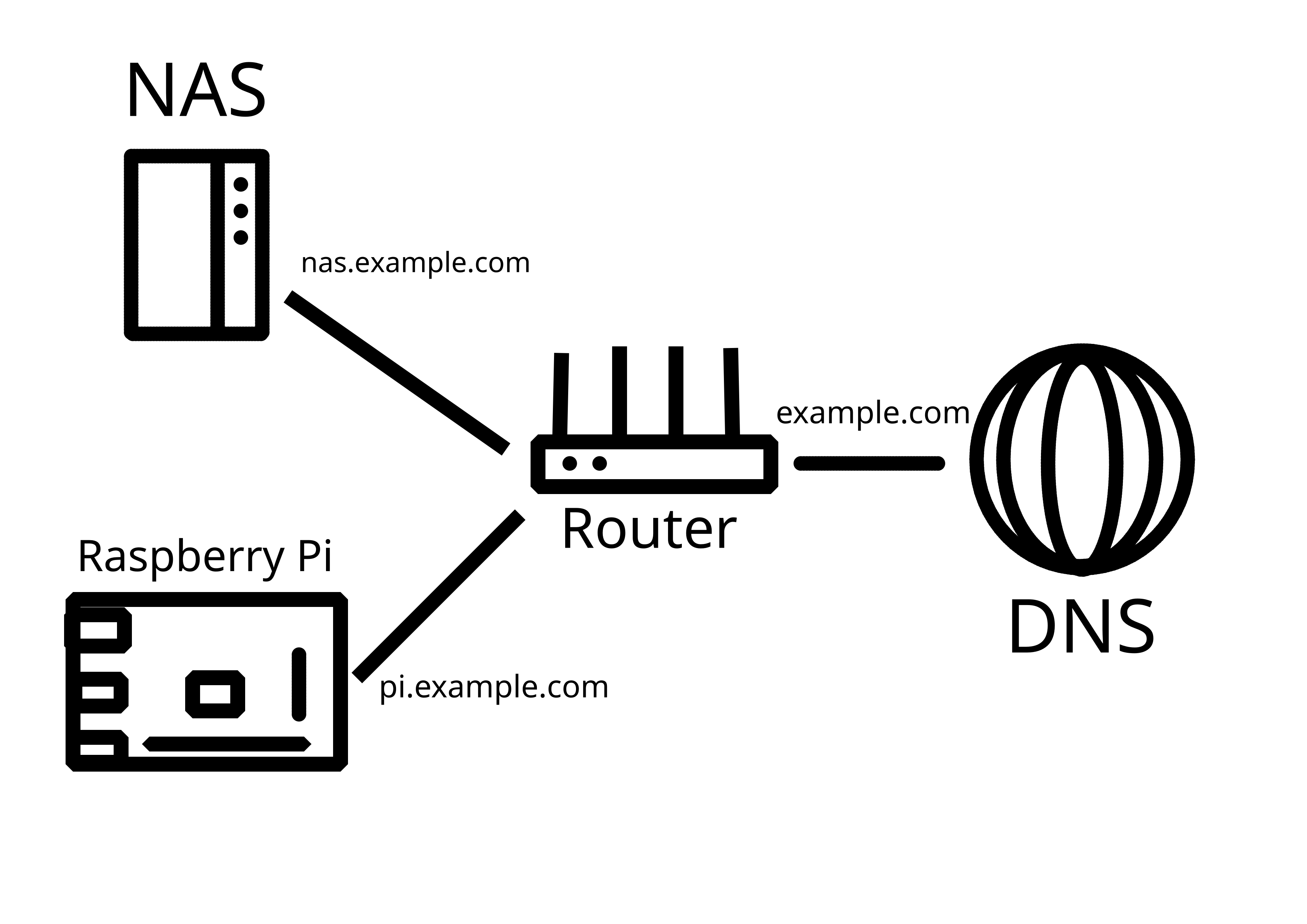Yesterday, I did a fresh install of OpenSUSE Tumbleweed on my NVidia-powered machine (GeForce GTX 1060 6gb). When installing, I enabled Secure Boot.
By default, the distribution comes with nouveau drivers, and the process of installing official NVidia drivers is outlined here: https://en.opensuse.org/SDB:NVIDIA_drivers
I successfully added openSUSE-repos-Tumbleweed-NVIDIA as per the guide; first oddity is that by default it shipped with openSUSE-repos-MicroOS-NVIDIA, which got uninstalled as a conflicting package, despite this being Tumbleweed. (I later tried to rollback and do these steps with openSUSE-repos-MicroOS-NVIDIA installed instead, to no avail)
Next, as per the guide, I tried to do zypper install-new-recommends. After installation, I rebooted the machine. Upon login, resolution was forced to low.
inxi -G has shown N/A in the driver field.
I've rolled back via snapper rollback, confirmed that nouveau drivers are back in place (resolution was back to normal, inxi -G has shown nouveau), and tried to install nvidia-video-G6 using YaST. It has automatically installed all dependencies as well.
Upon login, I faced the same issue - resolution degradation and N/A in the driver field.
Troubleshooting for this issue has shown that secure boot may not allow these drivers to be launched without importing the respective key, as listed in the same Nvidia drivers article. However, the file that needs to be imported is not at the suggested location (/usr/share/nvidia-pubkeys/); in fact, /usr/share only had nvidia folder, which didn't seem to contain any keys.
As a workaround, I attempted to disable secure boot by entering:
mokutil --disable-validation. A menu appeared on reboot, through which I disabled secure boot. Further launches had "launching in insecure mode" notice.
mokutil --sb-state output is SecureBoot disabled.
Then, I tried to install the driver again, as described above. Still no luck, and same issue.
So, what else could be the issue and what do I do about it next? Thank you in advance for any replies!
Solution that worked: instead of going for install-new-recommends, install the following package:
nvidia-driver-G06-kmp-meta
It should be available by default, but if not, add the respective repository by using this command:
zypper addrepo https://download.nvidia.com/opensuse/tumbleweed/
Thanks to Björn Tantau! The comment with the solution: https://swg-empire.de/comment/7201260
Update Bug solved, fix should roll out in a few days: https://bugzilla.opensuse.org/show_bug.cgi?id=1249814

Thanks for a urethra lifehack! Might save me at times :D